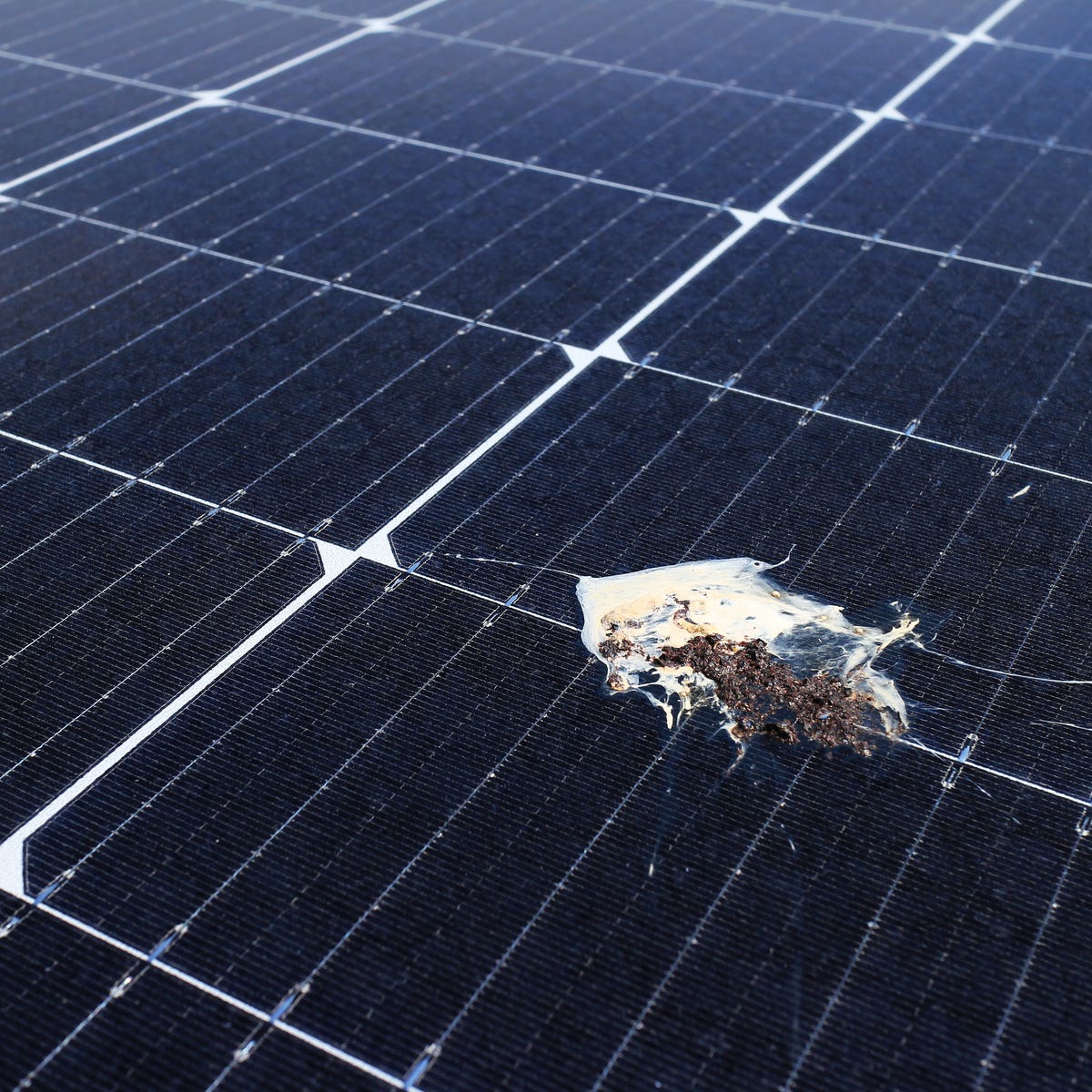Utility Bills Down: Lowered Utility Solar Panels


Utility Bills Down: Lowered Utility Solar Panels
The pursuit of cost-effective and sustainable energy solutions has led to the rise of lowered utility solar panels. In this article, we delve into the various facets of these solar panels, exploring how they contribute to reducing utility bills, fostering environmental sustainability, and creating a more energy-efficient future.
Cost Efficiency and Lowered Utility Bills
Lowered utility solar panels are a key player in the quest for cost efficiency in energy consumption. By harnessing solar power, homeowners can significantly reduce their dependence on traditional utility sources. This transition translates into lowered utility bills, providing financial relief and long-term savings. The initial investment in solar panels becomes a strategic move towards sustainable and economically advantageous energy use.
Renewable Energy for Environmental Sustainability
Embracing lowered utility solar panels aligns with a commitment to environmental sustainability. Traditional energy sources, often derived from fossil fuels, contribute to air pollution and climate change. Solar panels harness clean and renewable energy from the sun, producing electricity without harmful emissions. By opting for solar power, homeowners actively participate in reducing their carbon footprint and promoting a more sustainable and eco-friendly lifestyle.
Technological Advancements for Enhanced Efficiency
The efficiency of lowered utility solar panels has been significantly enhanced through technological advancements. Improved solar cell designs, increased efficiency rates, and innovations in energy storage solutions contribute to maximizing the benefits of solar power. These advancements ensure that homeowners can generate more electricity from their solar panels, further lowering their reliance on external utility sources.
Net Metering: Offsetting Costs and Earning Credits
One of the notable features of lowered utility solar panels is the implementation of net metering. This system allows homeowners to offset their energy costs and, in some cases, earn credits by feeding excess electricity back into the grid. Net metering transforms solar panels from a passive energy source to an active contributor, making them a more dynamic and economically favorable choice for homeowners.
Energy Independence and Reduced Grid Reliance
Lowered utility solar panels contribute to energy independence by reducing reliance on the traditional power grid. During peak sunlight hours, solar panels generate excess energy that can be stored for later use or fed back into the grid. This capability ensures a continuous power supply, even during grid outages or peak demand periods. Energy independence becomes a valuable asset for homeowners seeking a reliable and resilient energy source.
Government Incentives and Financial Support
Government incentives and financial support further sweeten the deal for homeowners considering lowered utility solar panels. Many regions offer tax credits, rebates, and other financial incentives to promote the adoption of solar power. These incentives significantly reduce the upfront costs of installing solar panels, making the transition to renewable energy more accessible and appealing for a broader range of homeowners.
Customized Solutions for Varied Needs
Lowered utility solar panels come in various configurations to meet the diverse energy needs of homeowners. Whether it’s a small residential system or a larger installation for energy-intensive households, solar solutions can be customized to fit specific requirements. This flexibility ensures that homeowners can tailor their solar panel systems to align with their energy consumption patterns and objectives.
Educational Resources for Informed Decisions
Understanding the benefits and considerations of lowered utility solar panels is crucial for making informed decisions. Educational resources, such as guides, online tools, and community outreach programs, empower homeowners to navigate the complexities of solar adoption. By providing valuable information, these resources contribute to a more solar-literate population, fostering increased awareness and adoption of lowered utility solar panels.
Community Impact and Shared Solar Initiatives
Lowered utility solar panels extend beyond individual homes to create a positive impact on communities. Shared solar initiatives, where multiple households collectively invest in a solar installation, enhance affordability and accessibility. These community-based approaches to solar adoption not only reduce individual utility bills but also foster a sense of collective environmental responsibility.
Exploring Lowered Utility Solar Panels
To delve deeper into the advantages of lowered utility solar panels and explore resources for adopting sustainable energy solutions, visit Lowered utility solar panel. This comprehensive guide provides insights, success stories, and educational resources to empower homeowners on their journey towards reduced utility bills and a more sustainable energy future.








